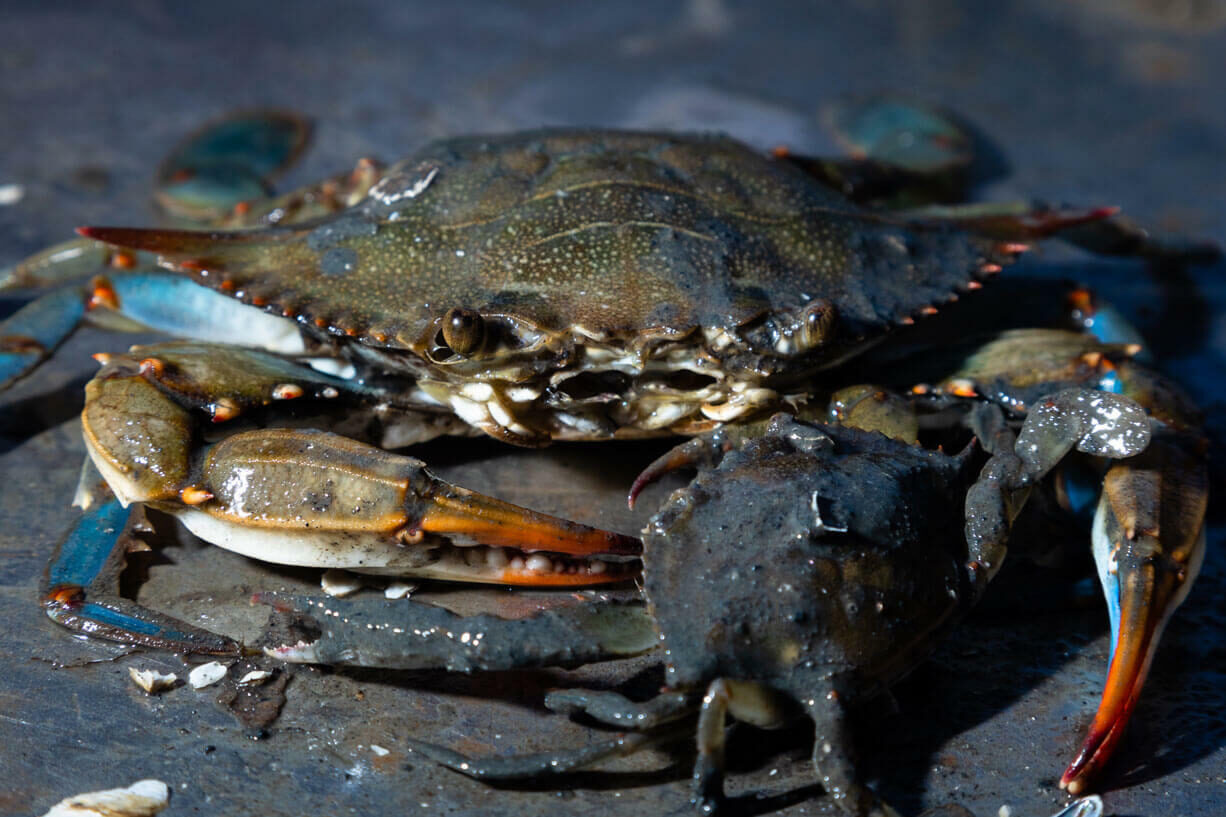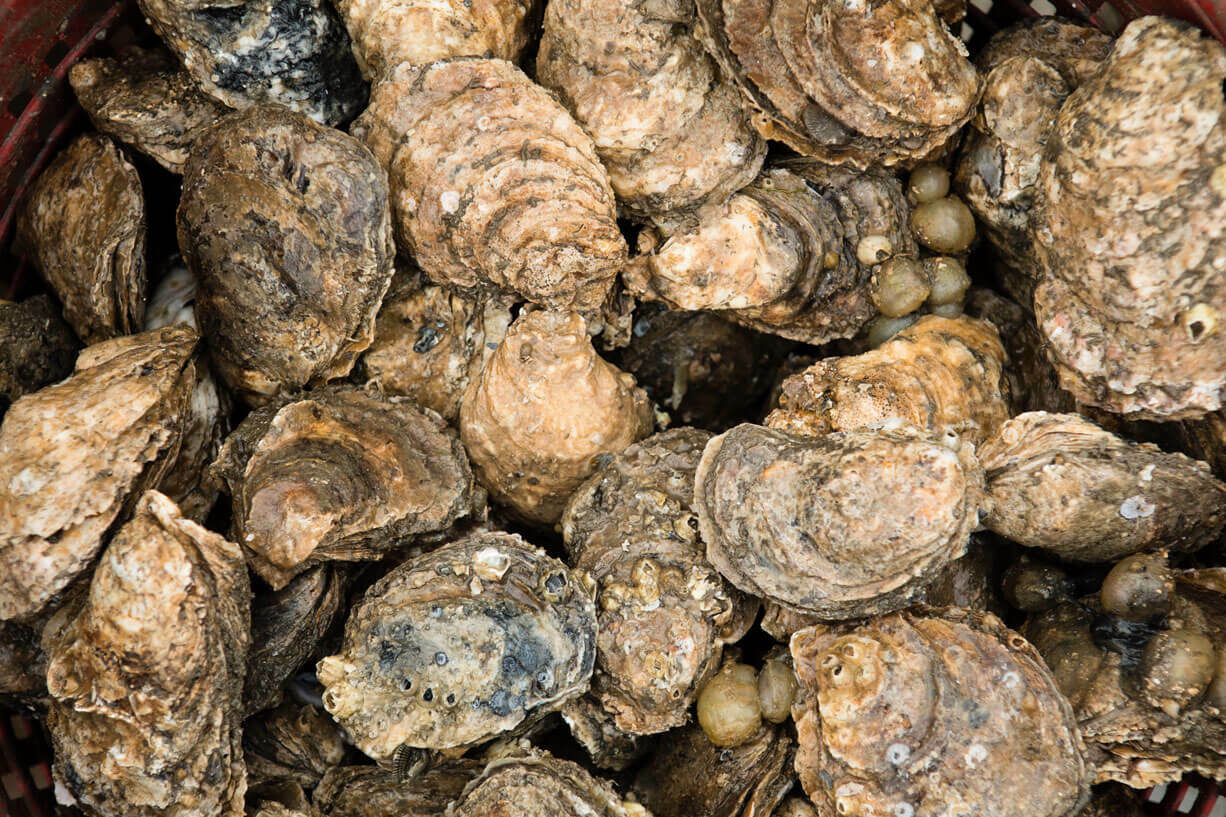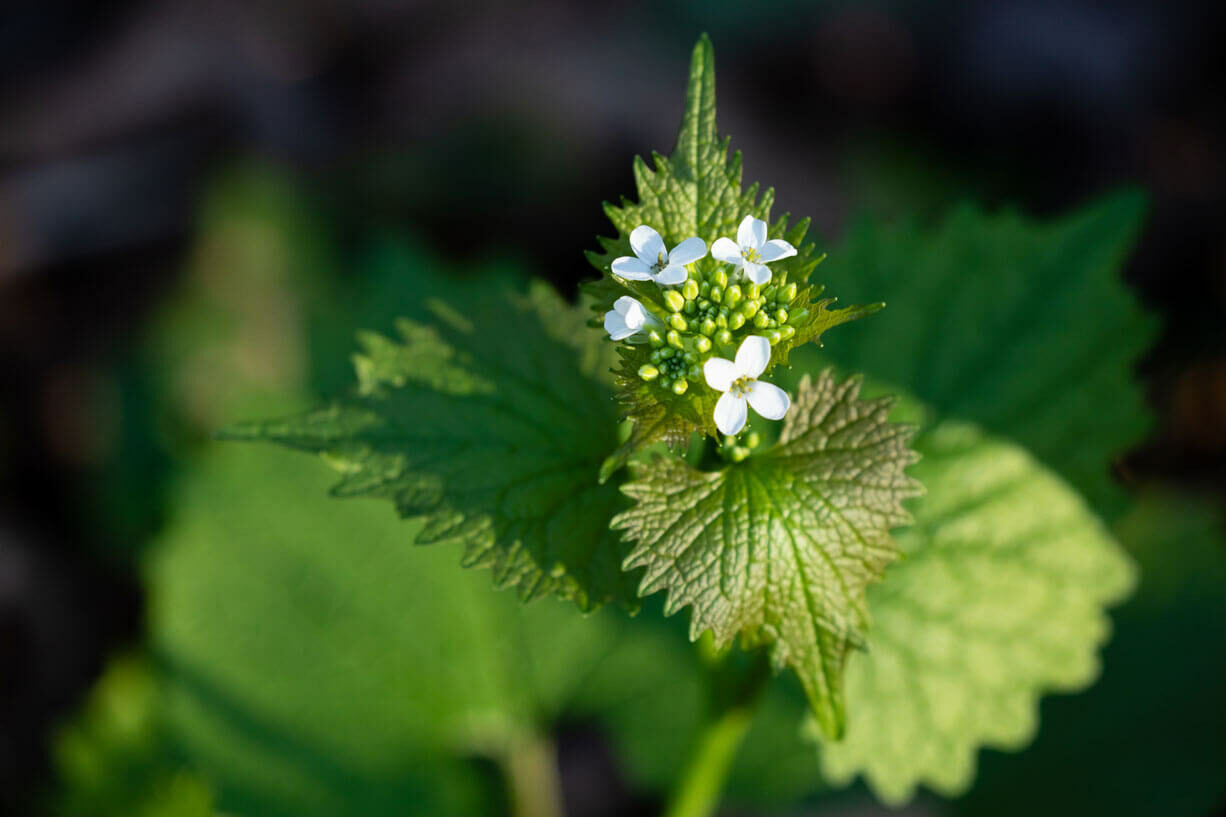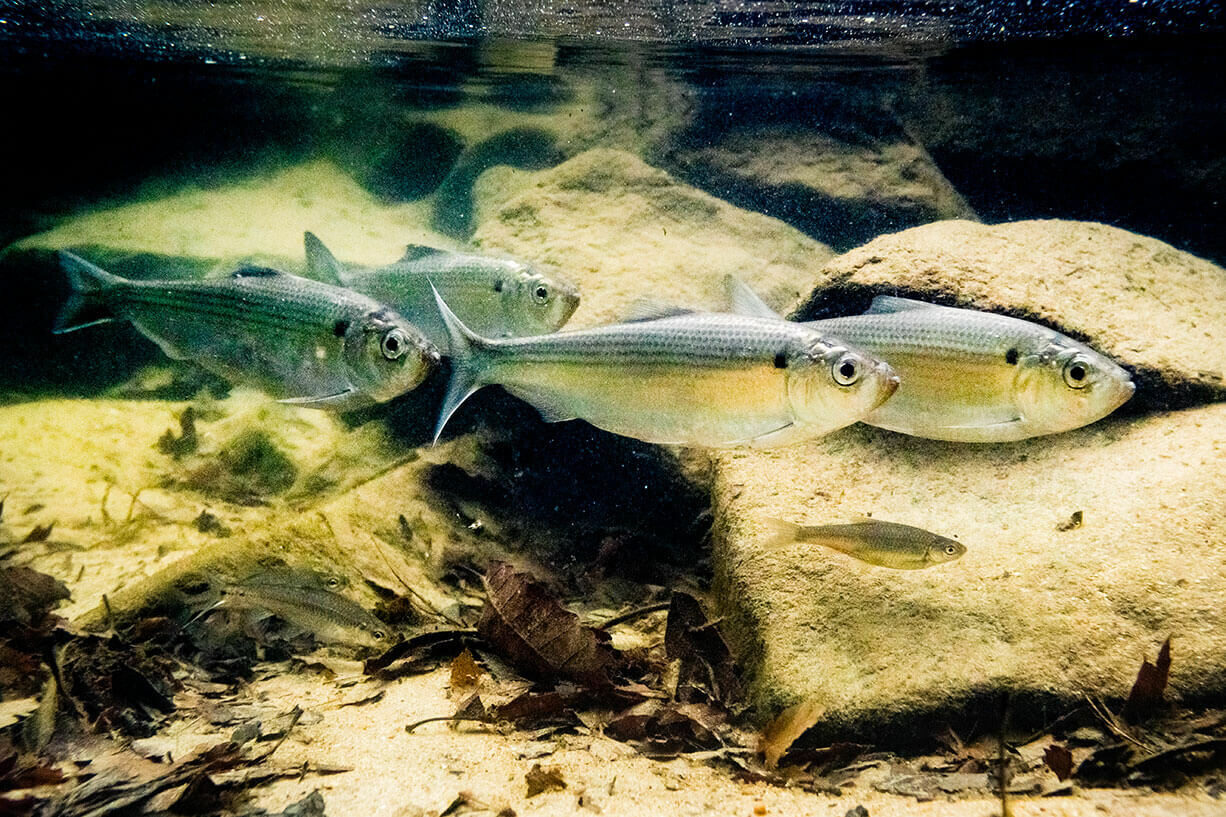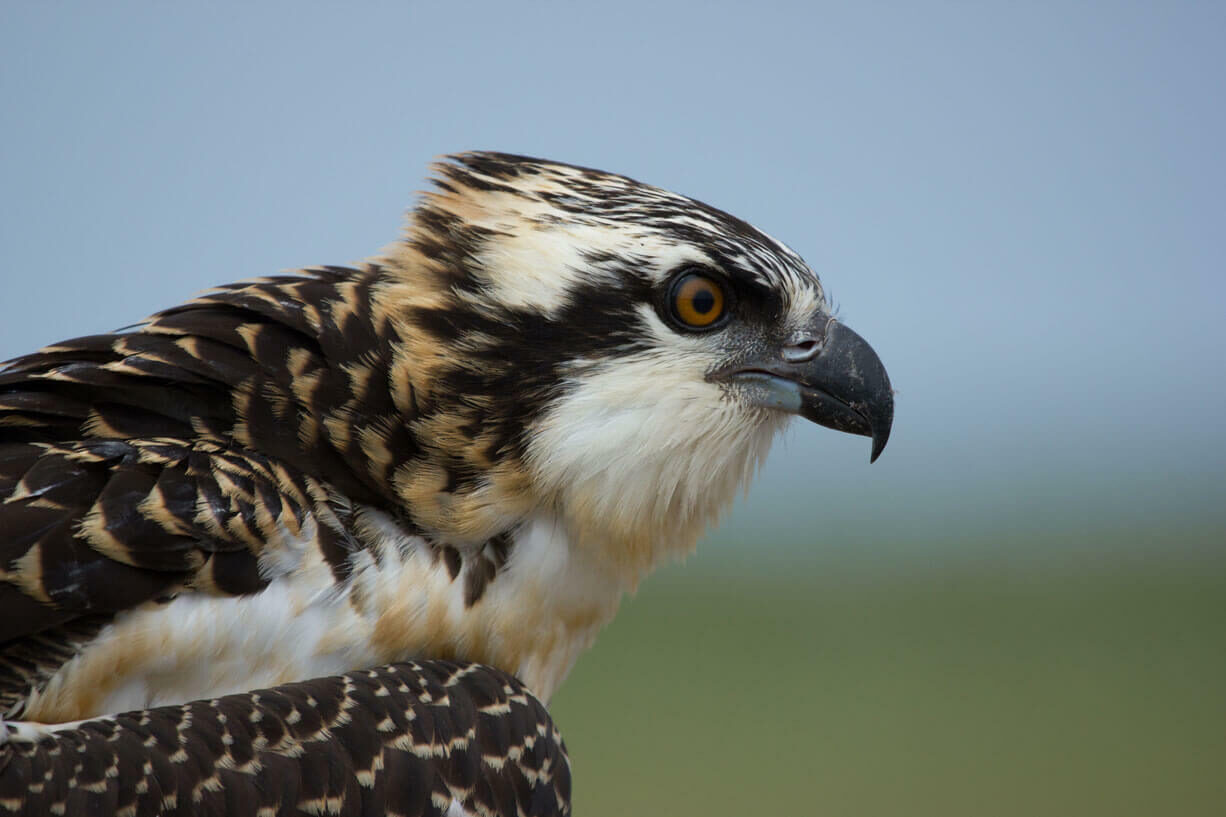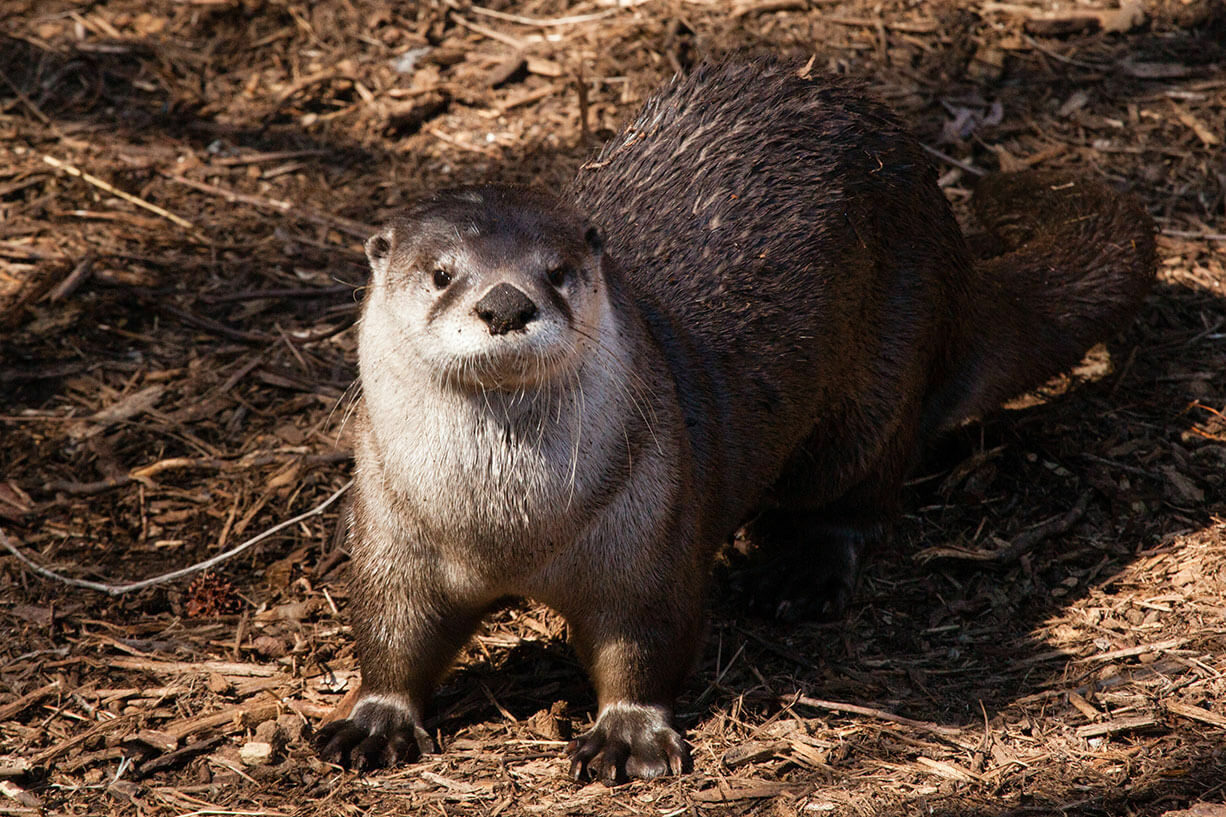Wildlife
The Chesapeake Bay is a diverse ecosystem that supports more than 2,700 species of plants and animals on land and in the water. Like any other system, the Bay ecosystem is made up of pieces that interact with each other to form a whole. In other words, all of the plants and animals in the Bay ecosystem depend on each other in some way.
Plants and animals can be engaging topics for students and help them make connections to their larger watershed. Investigations can start outside the classroom window, on school grounds or other local natural spaces. As your students observe the wildlife around them, they may start to ask: “Why do wildlife live in different places? What habitat features are required for healthy and diverse populations? How do human actions impact wildlife populations?” These questions can direct student learning during a Meaningful Watershed Educational Experience (MWEE) and later inform stewardship and civic action.
Wildlife studies can be interdisciplinary and go beyond science class. Students could investigate the cultural and economic importance of oysters and blue crabs in the Chesapeake region, learn of the government's role in managing fisheries, the tourism dollars brought in by birdwatching or the multiple stakeholders involved in managing destructive invasive species.

